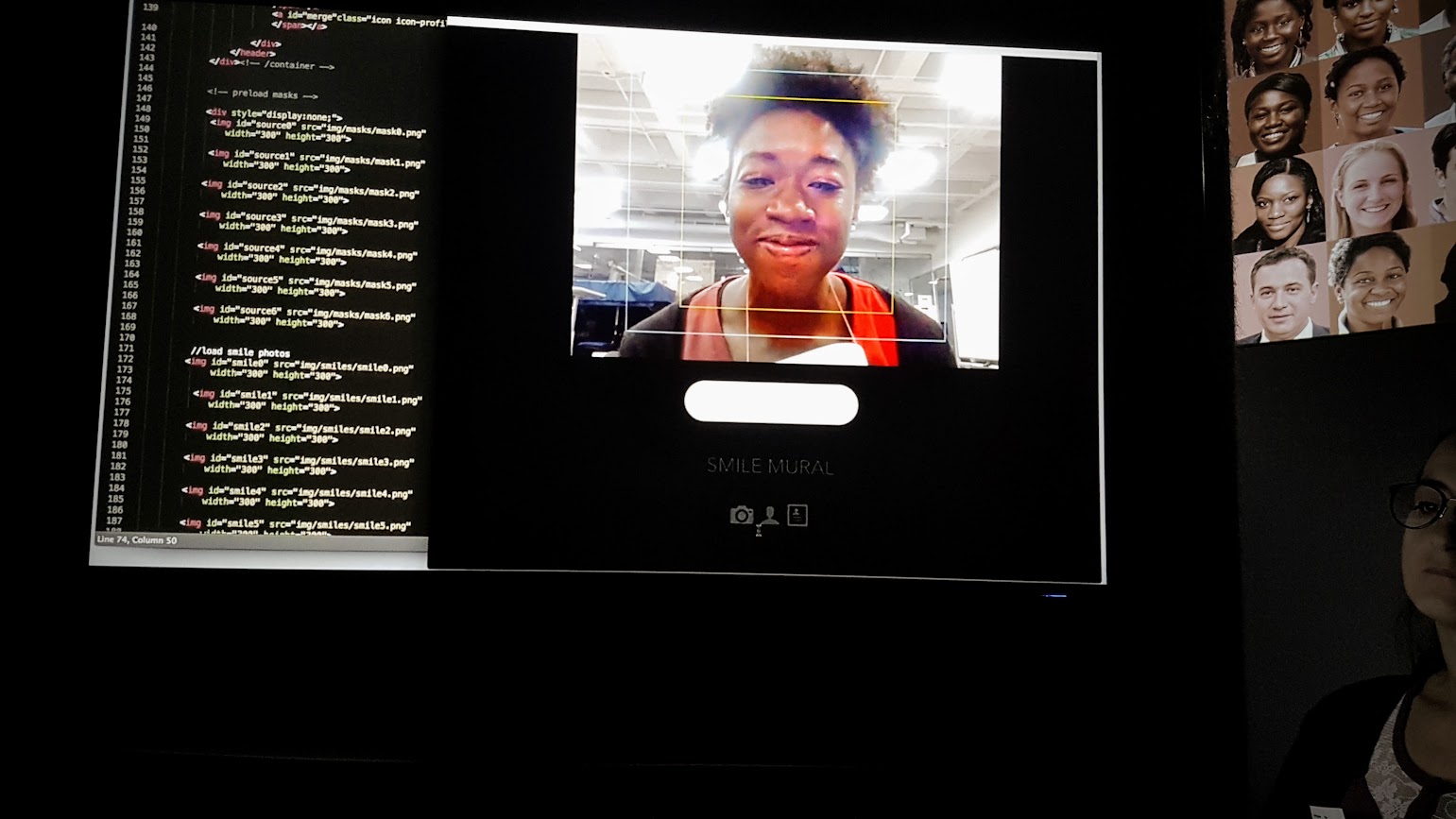Science
Google and UC Riverside Unveil Groundbreaking Deepfake Detection Tool

As concerns over the rise of AI-generated videos grow, researchers from the University of California – Riverside have partnered with Google to develop a new system designed to combat misinformation. The tool, named the Universal Network for Identifying Tampered and synthEtic videos (UNITE), is capable of detecting deepfakes, even when facial features are not visible.
Deepfake technology, which combines “deep learning” with “fake,” has become increasingly sophisticated. While some use it for entertainment, it is often employed to impersonate individuals, leading to potential harm and deception. Traditional detection methods often fall short, especially when videos lack visible faces. UNITE aims to address this limitation by examining the entire video frame, including backgrounds and motion patterns, to identify subtle discrepancies that may indicate tampering.
Innovative Technology Behind UNITE
UNITE employs a transformer-based deep learning model to analyze video clips, focusing on spatial and temporal inconsistencies often overlooked by existing systems. This innovative approach allows for the identification of synthetic or manipulated videos without relying solely on facial recognition. The model is built upon a foundational AI framework called Sigmoid Loss for Language Image Pre-Training (SigLIP), which extracts features independent of specific individuals or objects.
A novel training technique known as “attention-diversity loss” is utilized to ensure the system monitors multiple visual regions within each frame. This prevents the model from concentrating exclusively on faces, enhancing its detection capabilities. The collaboration with Google has granted researchers access to extensive datasets and computational resources necessary for training the model on a wide array of synthetic content, including videos generated from text or static images.
The outcome is a versatile detector proficient in flagging various types of forgeries, from simple facial swaps to complex, entirely synthetic videos that lack any real footage.
Significance of UNITE in Today’s Digital Landscape
The unveiling of UNITE is timely, as text-to-video and image-to-video generation tools have become increasingly accessible online. These AI platforms enable users to create highly convincing videos with relative ease, posing significant risks to individuals, institutions, and potentially democratic processes in various regions.
The research team presented their findings at the 2025 Conference on Computer Vision and Pattern Recognition (CVPR), held in Nashville, United States. Their paper, titled “Towards a Universal Synthetic Video Detector: From Face or Background Manipulations to Fully AI-Generated Content,” details both the architecture and training methodology of UNITE.
As misinformation continues to proliferate, tools like UNITE could prove essential for newsrooms and social media platforms striving to maintain the integrity of information. The proactive approach taken by Google and UC Riverside represents a significant step towards safeguarding truth in a rapidly evolving digital landscape.
-

 Science3 months ago
Science3 months agoToyoake City Proposes Daily Two-Hour Smartphone Use Limit
-

 Top Stories3 months ago
Top Stories3 months agoPedestrian Fatally Injured in Esquimalt Collision on August 14
-

 Health3 months ago
Health3 months agoB.C. Review Reveals Urgent Need for Rare-Disease Drug Reforms
-

 Technology3 months ago
Technology3 months agoDark Adventure Game “Bye Sweet Carole” Set for October Release
-

 World3 months ago
World3 months agoJimmy Lai’s Defense Challenges Charges Under National Security Law
-

 Lifestyle3 months ago
Lifestyle3 months agoVictoria’s Pop-Up Shop Shines Light on B.C.’s Wolf Cull
-

 Technology3 months ago
Technology3 months agoKonami Revives Iconic Metal Gear Solid Delta Ahead of Release
-

 Technology3 months ago
Technology3 months agoApple Expands Self-Service Repair Program to Canada
-

 Technology3 months ago
Technology3 months agoSnapmaker U1 Color 3D Printer Redefines Speed and Sustainability
-

 Technology3 months ago
Technology3 months agoAION Folding Knife: Redefining EDC Design with Premium Materials
-

 Business3 months ago
Business3 months agoGordon Murray Automotive Unveils S1 LM and Le Mans GTR at Monterey
-

 Technology3 months ago
Technology3 months agoSolve Today’s Wordle Challenge: Hints and Answer for August 19









